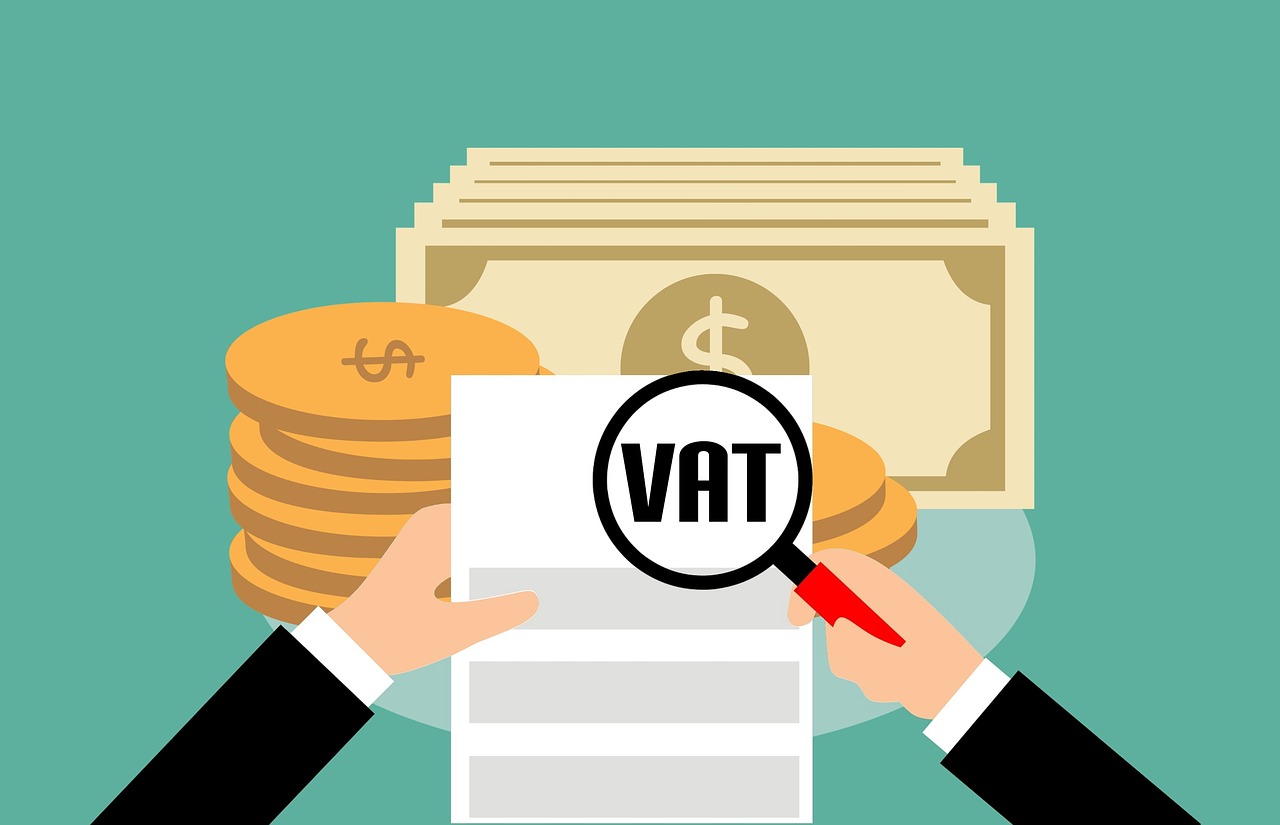7 Crore+ Customers

Affordable Premium

7 Crore+ Customers

Affordable Premium



VAT, or Uttar Pradesh Value Added Tax, was in operation previously prior to the introduction of GST. However, the VAT tax rate in Uttar Pradesh was abided by the laws enforced by the state and the rates varied in different industries. Nevertheless, the Uttar Pradesh Value Added Tax Act, 2008, came into action on 1st January 2008 under the Uttar Pradesh Tax board.
VAT is an abbreviation for Value Added Tax and is a common form of tax for services and tax. However, individuals should note that the VAT tax is applicable for a transaction against goods within a particular state, meaning that the buyer and sellers must remain in the same state. Moreover, this is levied on the gross margin and is assessed and collected at each stage until the product reaches the retailer.
The Uttar Pradesh VAT is imposed in five different categories while one category is exempted from the VAT. The schedules of UP Tax VATs are provided below –
|
Schedule |
Applicable Goods or Services |
VAT Rates in Uttar Pradesh |
|
Schedule I |
Fresh plants, agricultural implements, firewood, aid for disabled persons, flowers etc. |
Exemption of VAT Tax |
|
Schedule II |
Iron and steel, computer stationery, clay, medical equipment, minerals, ores etc. |
4% |
|
Schedule III |
Precious stone, precious metals, bullion, etc. |
1% |
|
Schedule IV |
Items like Petrol, Diesel, Aviation Fuel, Naphtha, etc. |
Different VAT Tax Rate |
|
Schedule V |
Goods not mentioned in the above schedule |
12.5% |
In Uttar Pradesh, registration for VAT is mandatory for any dealer selling imported goods from other states or producing goods using products imported from other states. Moreover, VAT registration is mandatory if you are commencing a business in an assessment year and your monthly turnover is ₹ 41,666.
Besides this, VAT registration is also mandatory for dealers registered under CST, casual dealers, commission agents, liquor sellers, brokers, dealers doing business in Uttar Pradesh but residing in other states, transporters and dealers operating cold storage and warehouses.
Steps to register for Uttar Pradesh online VAT are as follows –
Step 1: Visit the official website of the UP-VAT Department.
Step 2: Download registration form No. 7 from the website in PDF format.
Step 3: After downloading the form, fill in the required details needed. Dealers filling the form must provide their permanent address, and then they have to select the sector coder accordingly.
Step 4: Dealers must fill up the Commodity Codes while filling out the form, and for that, they have to download the commodity code list from the website.
Step 5: Then, dealers must provide the TIN number, Dealer Name, Address, and Firm Name of one dealer registered in the U.P. Moreover, it should be noted that a dealer must be registered with the department for at least 3 years.
Step 6: After filling up all the details, they have to pay the registration fee online, which is ₹ 100 for UPVAT registration and ₹ 25 for CST registration.
Step 7: Finally, after clicking on 'Accept', click on 'Send Application'. Following it, you must upload a few enclosures to complete the process.
Step 8: You have to visit the Commercial Tax Department for the additional process.
Dealers starting their business in an assessment year must pay VAT. Business owners importing products or manufacturing goods made of imported raw materials are also required to pay VAT in UP. Furthermore, this tax is mandatory for causal dealers residing outside UP but dealing with liquor, brokerage, transportation, commission agencies, etc.
While filling out the online form for VAT in Uttar Pradesh, applicants have to pay their registration fee. However, before the payment, candidates have to abide by all the necessary steps to complete the payments. For CST registration, the fee is ₹ 25, while for the UPVAT registration, the fee is ₹ 100.
The number of times you need to file a return depends on the type of business you are in. For example, for a sensitive business like coal, iron-steel, oil, electronic goods, cement etc., you need to file Uttar Pradesh VAT returns on the final day of each month. However, more details regarding filing VAT are provided below -
Step 1: Download Required Files
To file returns for VAT payments, requests must be done through the official portal. You will find an excel file that is required to be filled for return. However, not every sheet needs to be filled every month, and then you must start filling up the sheets accordingly.
Step 2: Check Using Offline Tool
You can also find an offline tool on the official website that helps you check if you have filled the Excel sheets correctly.
Step 3: Log in
To upload the return file, you need to log in to the official website of the UP VAT using your username and password. However, if you are logging in for the first time, you might need to change your password.
Step 4: Generation of New Token
After logging in, you have to click on the option ‘Proceed to E-Return Filing’ that will redirect you to the menu page of e-return filing. After that, you have to select the New Token Generation for the period you wish to apply.
Step 5: New and Old Returns Versions
While filing returns, you will find two versions available; one is for returns before February 2010 (old version) and another one for returns before February 2010 (new version). Now, you need to generate the token and register your digital signature.
Step 6: Generation of Receipt
Finally, you can generate the receipt after uploading the ZIP files accordingly.
In Uttar Pradesh, there is a considerable difference between VAT and GST. First, the state government collects VAT, and the total authority over the tax remains on them. However, on the other hand, the State GST and Central GST are collected from every transaction and then they are distributed accordingly. Another important difference is that VAT can only be paid offline, whereas GST can be paid online and offline.
From a tax collection's point of view, for VAT, the responsibility of tax lies with the seller states, whereas the responsibility of tax collection lies on the state of the consumer. Finally, in the case of VAT, the taxpayer can claim the benefit of Input Tax Credit, whereas, for GST, no such benefit is present.
So, this is all you need to know about the VAT Tax Rate in Uttar Pradesh. Nevertheless, to avoid any inconvenience, you must pay through the official portal and to the relevant authority.